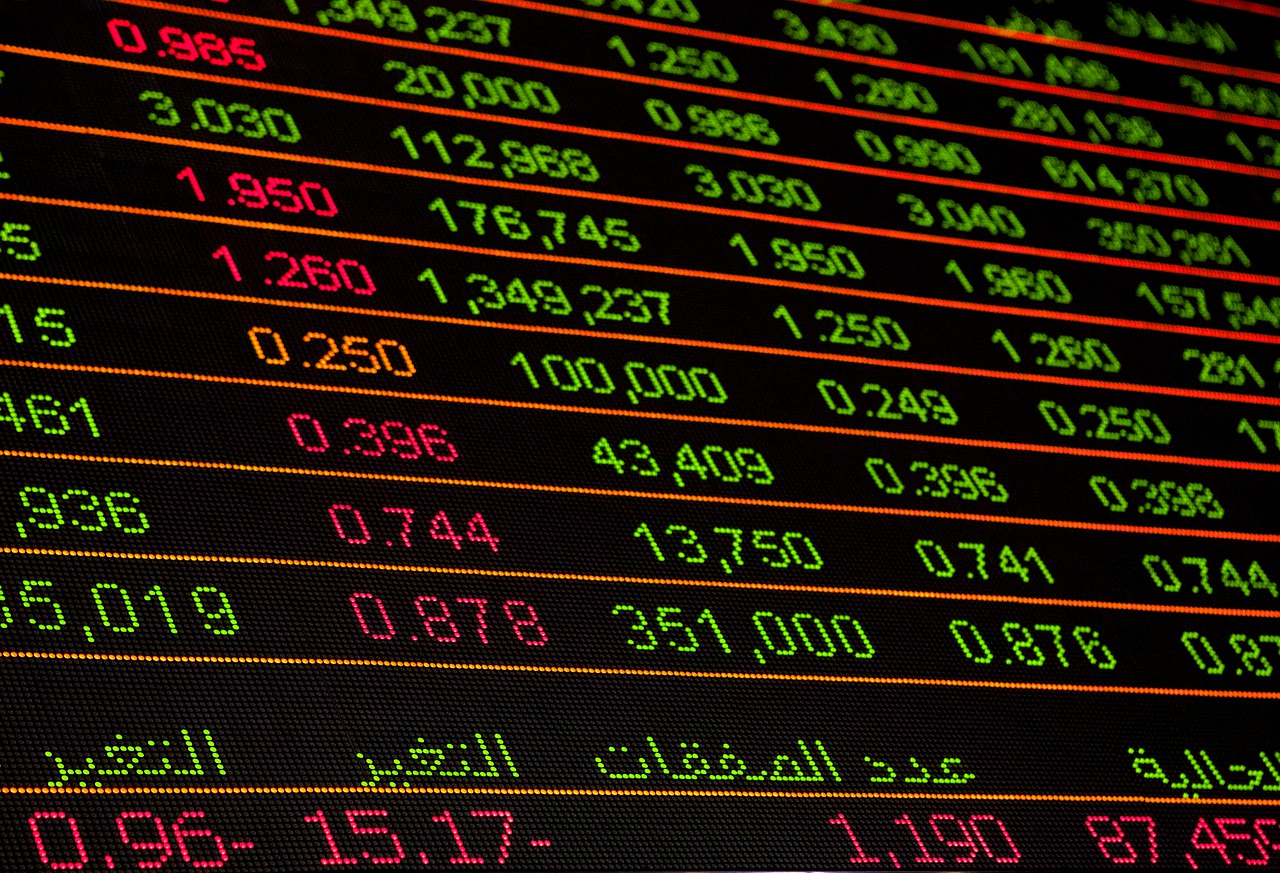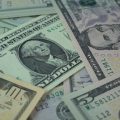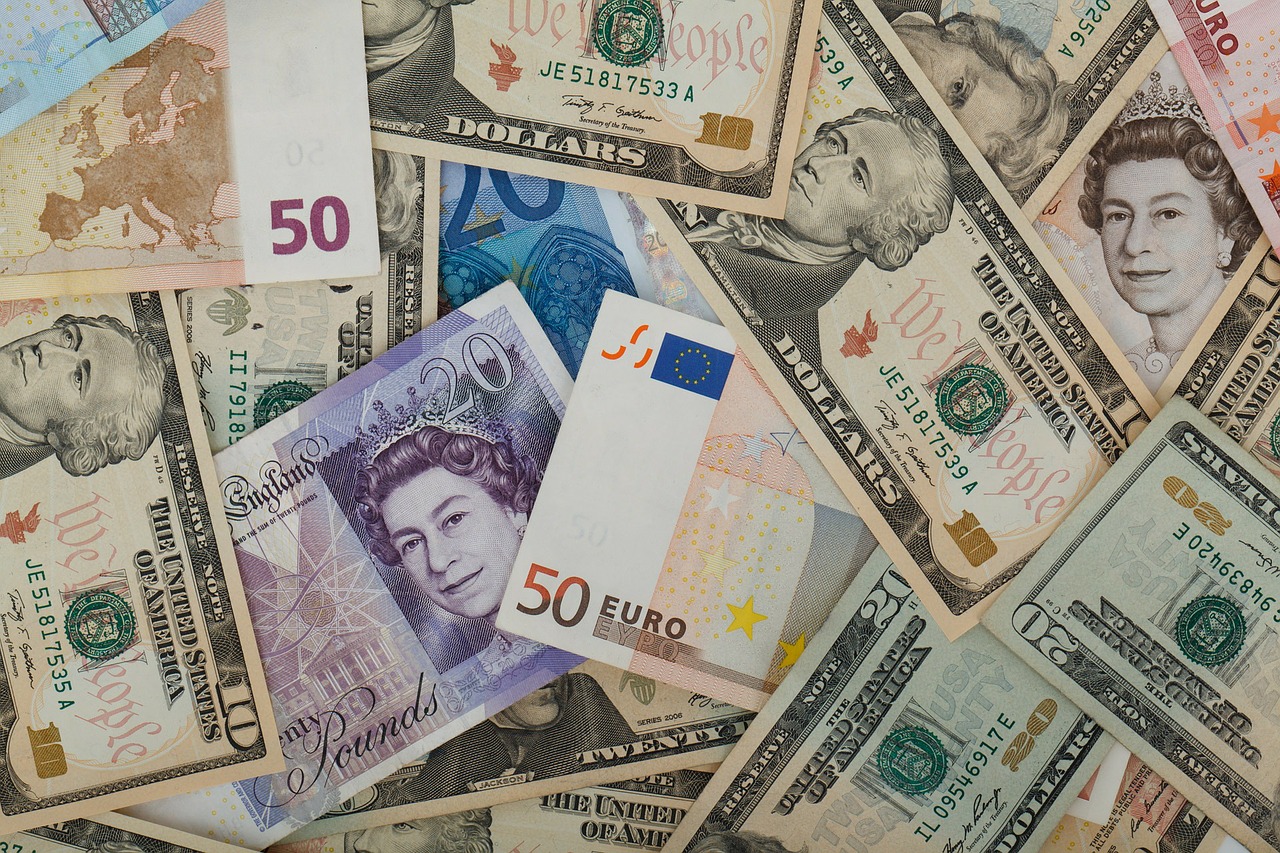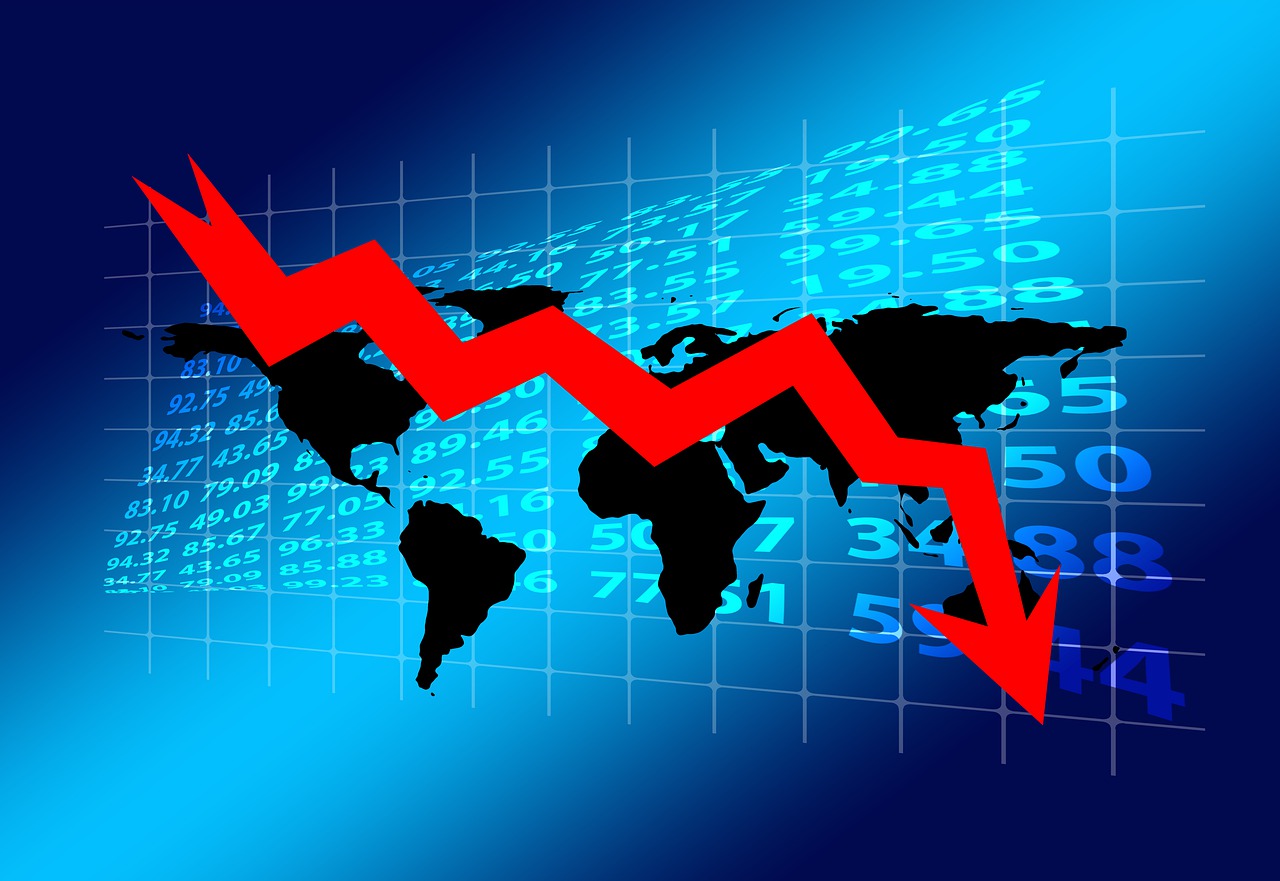Dollar Resumes Climb with Fading Risk Appetite, Aussie and Yuan Struggle

The US dollar was once more back on track for its climb towards a high of three and a half months, as the Fed policy meeting began with risk appetite fading. This resulted in the Chinese currency and Australian dollar struggling because of an increasing regulatory crackdown in China. The greenback rose by 0.2% against a basket of other currencies to reach 92.80, which brought it within striking distance of 93.19, an early April high that it had reached on July 21st. There was a more than 4% rally in the dollar from the lows of 2021 below 90 in late May as investors were forced to reduce their short dollar bets due to a decline in US Treasury yields.
The safe-haven appeal of the US dollar received a boost due to a sharp fall in US yields. Last week, the net long dollar positions increased to their highest level within 14 months. This points to a significant turnaround from this year’s first quarter when bearish bets were ramped up by hedge funds due to expectations of the US dollar hobbling because of record-low interest rates in the US. Experts noted that the dollar positions of the leveraged community were mostly flattened, while the real money community has chosen to short the dollar significantly.
Hence, large capitulation trades can be expected if the euro/dollar breaks below 1.17. On Tuesday, the euro was not very far off from its early April low of $1.1752, which it had reached last week, in London trading, as it was changing hands at a value of $1.1780. There were some concerns that the rise in the dollar was an indication of a new round of weakness in other currencies. However, the volatility in the broader currency market remained muted for the most part. As a matter of fact, the market volatility appeared to be at its lowest level since 2020.
If the two-day meeting of the Fed concludes on a hawkish note on Wednesday, the dollar will likely experience additional gains. Nonetheless, market consensus believes this to be highly unlikely. The Fed meeting comes after the release of a study by the National Bureau of Economic Research last week, which indicated that the US recession induced by the coronavirus only lasted for two months. Market strategists said that the Fed could reverse its stance on policies due to the shortness of the recession more quickly, but this doesn’t seem likely because the new strategic framework for the monetary policy points to a less aggressive response.
Elsewhere, risk-oriented currencies were weighed down because of concerns regarding the spread of the Delta variant of the coronavirus and the Hong Kong stock selloff. There was a more than 0.5% decline in the Australian dollar, whereas the offshore version of the Chinese yuan fell below the 6.50 per dollar line. There was a 0.3% weakening in the Sterling as broader market concerns weighed on it, despite early data that there was a fall in COVID-19 cases in Britain.




















